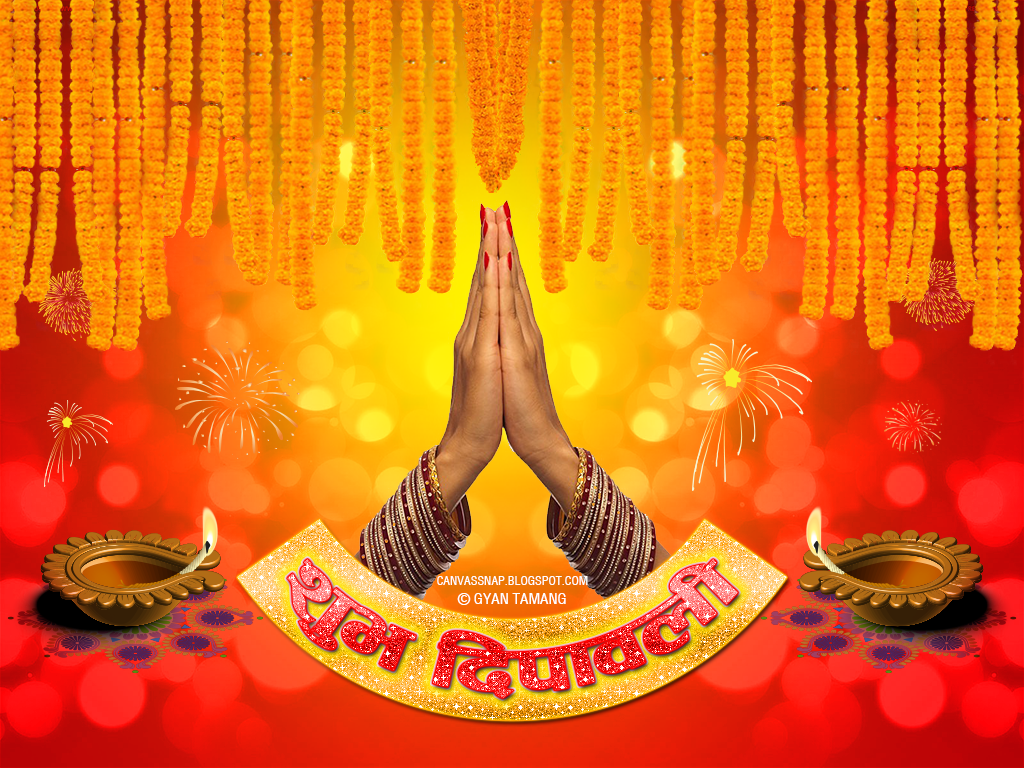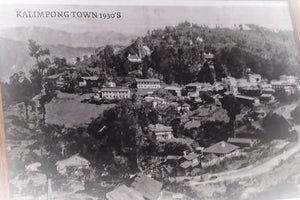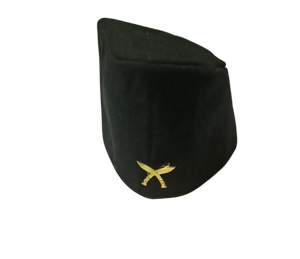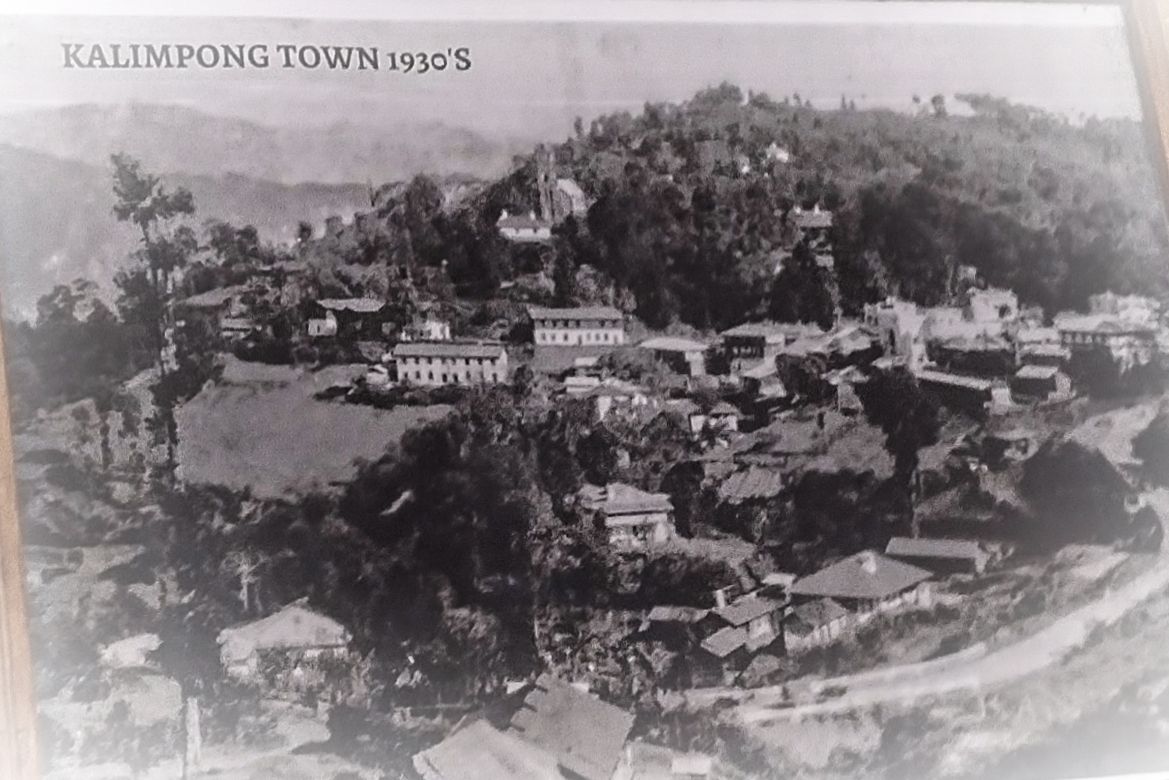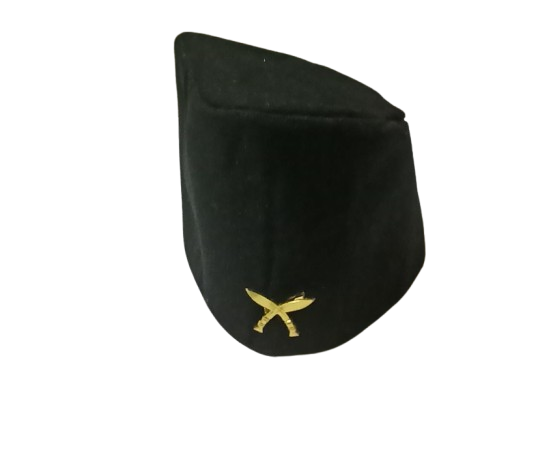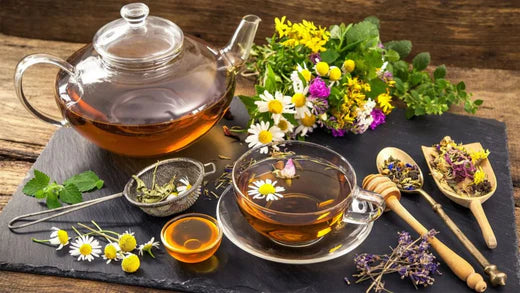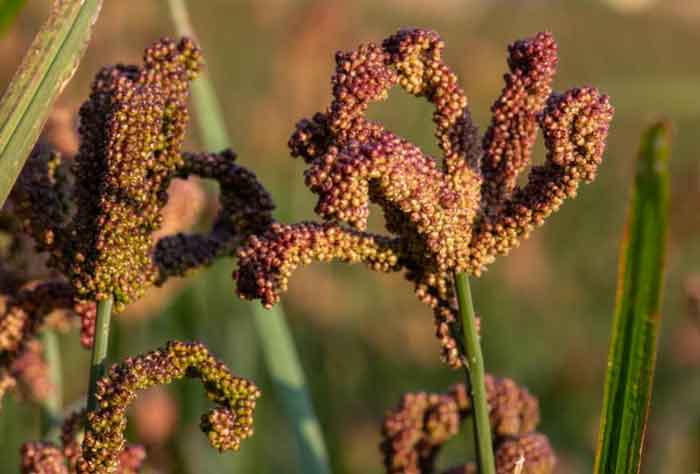Tihar, a vibrant five-day festival, is celebrated by Nepalis and Indian Gorkhas with unique regional variations, marking it as one of the most distinct and culturally rich celebrations in South Asia. Known as **Yamapanchak Tyohar** among Newari Nepalis in the Kathmandu Valley and as **Dipawali Tihara** in Madhesh Province among Madhesi Nepalis, Tihar encompasses a blend of worship, ritual, and reverence for both life and death. In Sikkim and Gorkhaland, as well as among Indian Gorkhas, it is simply called **Tihar Parwa**, and in all of these regions, it celebrates the balance between the spiritual and natural worlds.
Unlike the widely recognized Diwali in other parts of India, which centers around Goddess Lakshmi and the victory of light over darkness, Tihar is marked by five distinct days that honor not only deities but also living beings associated with the god of death, Yama. Each day is dedicated to a creature that plays a role in the symbolism of life, death, and protection.
We celebrate this festival of lights, Diwali, also known as Tihar, by honoring the crow, dog, cow, bull, Govardhan, and the cherished bond with brothers. Each of these elements reflects a unique aspect of life and respect for all creatures, symbolizing a harmonious connection between humans, animals, and nature.

1. Kag Tihar -The first day of Tihar, called Kaag (Crow) Tihar, honors crows and ravens, regarded as messengers of the death god, Yama. Devotees prepare offerings of grains, seeds, and sweets, leaving them on rooftops or in open spaces for the crows to consume. In Hindu beliefs, the cawing of crows is associated with sorrow, as these birds are thought to carry messages from the underworld. By feeding them, devotees aim to appease these messengers and symbolically ward off sadness and grief for the coming year.
Alongside Kaag Tihar, Dhanteras (also known as Dhan Trayodashi and Dhanvantari Jayanti) is celebrated on this day. This day venerates Dhanvantari, the Hindu god of medicine, and involves a tradition of buying jewelry, utensils, or home items as an auspicious gesture. It is particularly favorable to purchase gold or silver, believed to bring prosperity and health into the household.
During Tihar, we continue these age-old practices, worshiping the crow to keep away bad news and negativity, while also welcoming wealth and well-being into our lives.

Source: REUTERS/Navesh Chitrakar
2.Kukur Tihar (also called Narak Chaturdashi) is celebrated on the second day of Tihar and is dedicated to honoring dogs, revered as the messengers of Yama, the god of death. This annual Hindu festival, originating in Nepal and celebrated globally by the Nepalese diaspora, falls between October and November each year.
On Kukur Tihar, people decorate dogs with tilaka on their foreheads and flower garlands around their necks, symbolizing respect and appreciation. They offer them various foods, including meat, milk, eggs, and special treats, as a gesture of gratitude for their loyalty and protection. Dogs hold a sacred place on this day, and it is considered sinful to treat them disrespectfully, reinforcing their valued role in society.
In this unique celebration, we honor the dog as a symbol of loyalty and protection, recognizing their faithfulness and place in the spiritual and everyday lives of people.

3. Gai Tihar and Laxmi Puja - We revere the cow, a symbol of prosperity, treating her as sacred and performing rituals to invite Goddess Laxmi, the deity of wealth and fortune, into our homes. During Laxmi Puja, women and young children walk through the village under the light of the full moon, singing traditional songs called **bhailo** or **bhaileni**. They start with a simple wish: "We came to your house wishing all the goodness that exists," bringing blessings and happiness to each home they visit.

4. Goru Tihar and Govardhan Puja - We worship the bull, a symbol of strength and productivity, by decorating and feeding them. On this day, we also celebrate Govardhan Puja to honor Lord Krishna, who lifted the Govardhan Hill to protect his people, symbolizing divine protection and gratitude toward nature.

5. Bhai Tika - This day celebrates the special bond between brothers and sisters. Sisters apply tika to their brothers’ foreheads, praying for their well-being and showering them with gifts as a sign of love and respect. This tradition is rooted in the story of Yamraj, the god of death. According to legend, Yamraj visited his sister on this day, and she received him with a tika and a feast, praying for his safety. Moved by her devotion, Yamraj blessed her, declaring that any sister who performs this ritual will ensure her brother’s long life and protection from harm. After the ceremony, brothers dressed in ethnic attire roam through the village, proclaiming that they are following the orders of Lord Bali. They respectfully greet people with “Dew Shri Ram,” a traditional blessing that has evolved to “Dewshay Ram.” As they visit each house, they receive offerings—cooked food, money, or any gifts that the households can share in goodwill.
Each day of Tihar represents a beautiful aspect of life, celebrating animals, nature, and relationships with light, reverence, and joy.
Althought its had to Summerize all the internal conneccting story in one post will share you in other post regarding food and dress used in these occosians.
